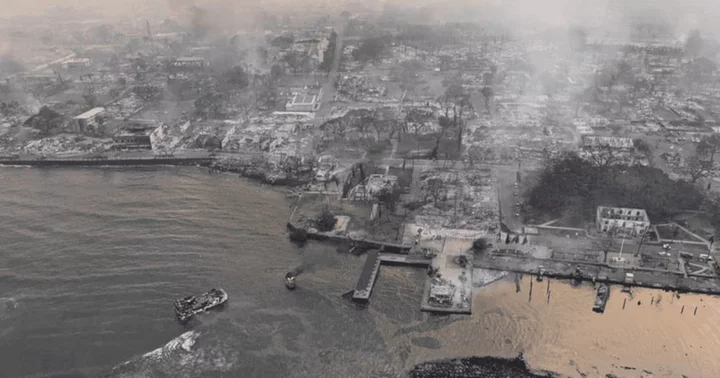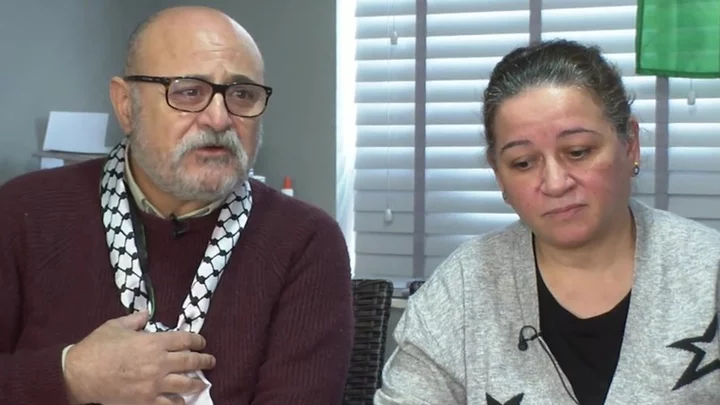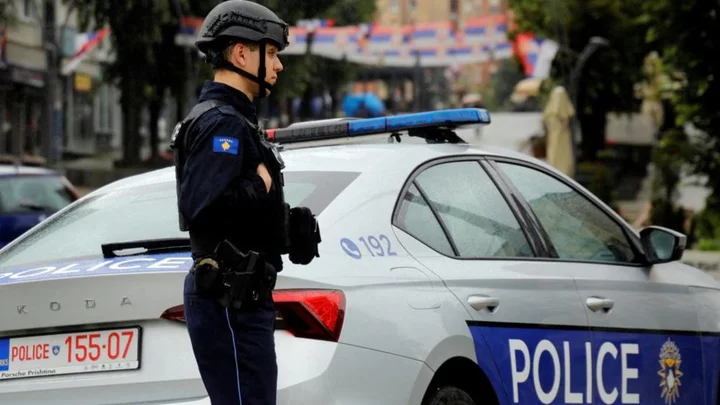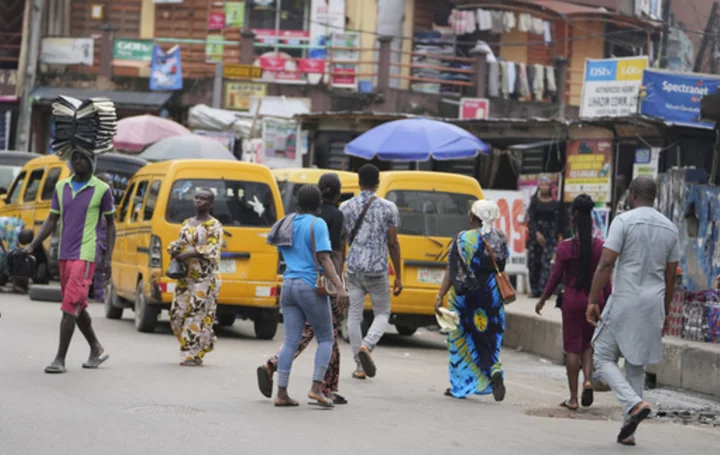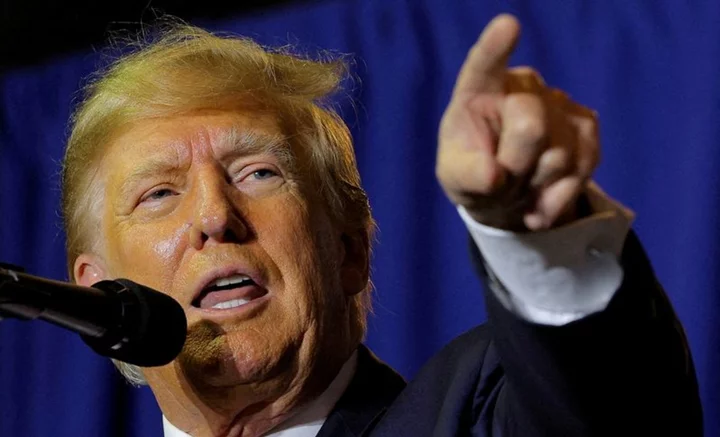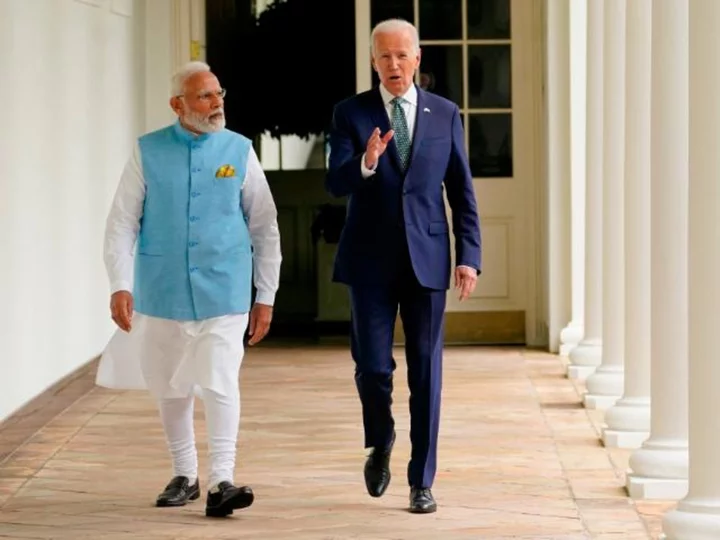MAUI, HAWAII: In the midst of a catastrophic wildfire disaster, officials in Hawaii are cautioning tourists against traveling to Maui. The island is still grappling with the tragedy that has resulted in an immeasurable loss of life and left a trail of destruction in its wake.
As the town of Lahaina faced immense devastation, thousands of residents and visitors, approximately 46,000, have fled Kahului Airport in West Maui.
Efforts continue to sift through the ashes of homes and landmarks wiped out by what is being referred to as the deadliest US wildfire in over a century.
Are the wildfires in Maui still burning?
As the fires continue to rage, firefighters have made some progress on the three largest wildfires that crews have been combating on Maui. The fire in the severely affected Lahaina area has been contained by 85%, while the Upcountry-Kula fire's containment stands at 60%.
Meanwhile, the Pulehu-Kihei fire is fully contained but not yet completely extinguished, as reported by the Maui County government.
How did Hawaii fires start?
The cause of the fires remains undetermined at this point. However, the National Weather Service had issued warnings for the Hawaiian Islands regarding high winds and dry conditions, which are conducive to wildfires.
Multiple, simultaneous wildfires erupted erratically on Tuesday, August 8, swiftly spreading and engulfing homes, leading to tense evacuations and displacing numerous individuals.
“This is the largest natural disaster we’ve ever experienced,” Hawaii Gov Josh Green said at a Saturday night news conference. “It’s going to also be a natural disaster that’s going to take an incredible amount of time to recover from."
While the Federal Emergency Management Agency stated on Saturday that it would be premature to assign an approximate dollar value to the damage, the governor provided an estimate that "the losses approach $6 billion."
How many have died in Maui?
The fires have left behind a heart-wrenching scene, with teams in West Maui painstakingly sorting through the remnants of homes and cherished landmarks. This was the most lethal wildfire to engulf Hawaii since it attained statehood in 1959.
The death toll has now reached 96. Teams, accompanied by cadaver dogs, are engaged in unrelenting efforts as they meticulously scoured around 3 percent of the devastated neighborhoods in pursuit of human remains, said Maui Police Chief John Pelletier.
“The remains we’re finding is through a fire that melted metal. We have to do rapid DNA to identify everyone. There are still people who are unaccounted for. They need to be identified,” he claimed.
“We’ve got an area that we have to contain that is at least 5 square miles, and it is full of our loved ones,” Pelletier said, noting that the number of dead is likely to grow and “none of us really know the size of it yet."
"We can only wait and support those who are living. Our focus now is to reunite people when we can and get them housing and get them health care, and then turn to rebuilding,” he added.
Maui fire map

